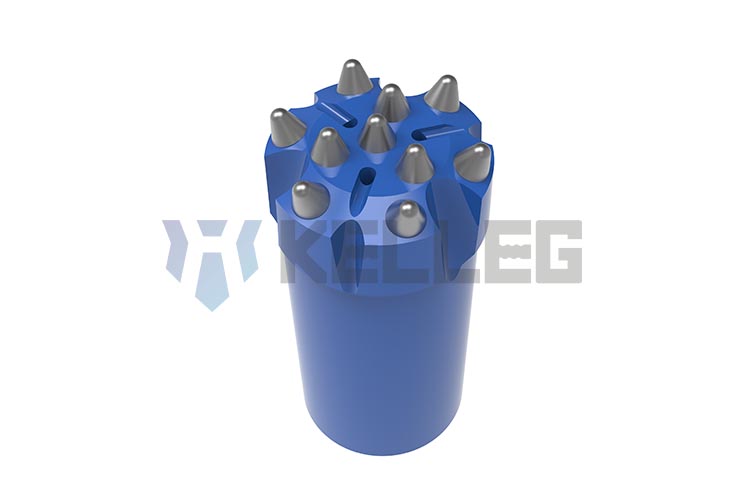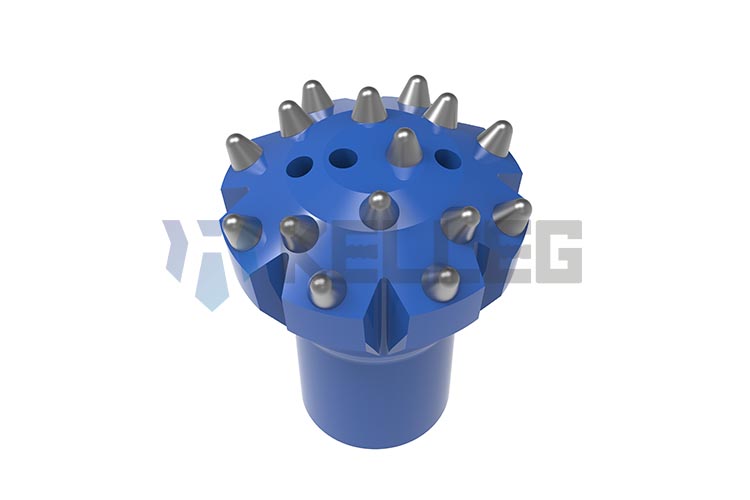2020 官网升级中!现在您访问官网的浏览器设备分辨率宽度低于1280px请使用高分辨率宽度访问。
The fixed tooth of button bit refers to fix the cemented carbide on the face of button bits to make it play a supporting role. In this way, the button bit failure caused by the displacement and falling of the alloy button during drilling can be avoided.
There are three general methods for fixing teeth of button bit: welding, cold pressing and hot inserting.
1) The method is relatively simple, mainly to determine the perforation size and button size through welding gap.
2) Drill corresponding tooth holes on the bit according to drill bit structure, and then solder the alloy button by brazing or silver welding. At present, this process does not need high drilling accuracy and button size.
3) The disadvantage is that the operation is relatively difficult, prone to welding marks and affects the appearance. There may be insufficient welding, low strength, and low service life.
4) It is mostly used in the production of small diameter tapered button bit, which now has been gradually eliminated.

1) The key point of the process is to calculate the fit clearance between tooth hole and alloy column teeth according to the yield limit of the steel used for drill bit. Using an interference fit method, the column tooth is pressed into the tooth hole by external force.
2) The process is easy to master, and production efficiency is relatively high, but the stability is lacking of stability. When the alloy column tooth is pressed into tooth hole, the bit and the column tooth are easily damaged under external force, and the bit life is limited.
3) Now it is mainly used to fix the teeth of threaded button bit with relatively low requirements or without repeated grinding.

1) Select alloy steel with good thermal expansion and toughness for drill bit. According to the difference in thermal expansion between the steel and the alloy column teeth under the same heating conditions, select appropriate amount of interference. The alloy column tooth can be easily inserted into the button bit tooth hole, and when it is cooled to normal temperature, the steel shrinks to complete the tooth fixation process.
2) The hot-setting process is not only easy to operate, but also the alloy column tooth and the bit are less stressed, basically not damaged, and have better stability.
3) At present, enterprises with high output of button bit in China basically choose this method to fix teeth.